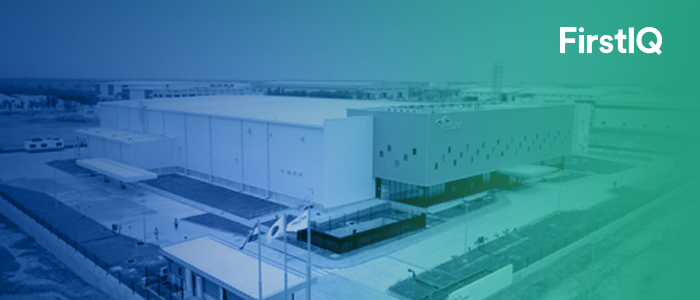Scan Now, Pay Later: How EASE Is Rewiring South Africa’s Healthcare Infrastructure

The low-income countries face various challenges related to diagnostic equipment owing to factors such as high procurements cost, and maintenance costs, hindering the adoption of highly advanced diagnostic equipment. Further, in South Africa the availability of MRI scanners is only 0.20 per million population, reflecting the gap in equipment availability. In addition, various healthcare settings have outdated MRI and CT scanners, limiting the diagnostic accuracy in rural and underserved regions.
To overcome the challenges of purchasing of diagnostic systems, adoption of various financing models for procurement of diagnostic devices is on the surge in low-income countries such as South Africa.
- For instance, in April 2025, EASE Healthcare introduced equipment-as-a-service model (EaaS), which eliminates the financial strain of acquiring high-end medical equipment for various healthcare settings.
In addition, support from Standard Bank as first international lender, EASE enables the access of various diagnostic systems such as PER-CT, MRI scanners, and surgical robots on pay-per scan basis, aligning the cost with service delivery and revenue. This model marks first-of-its kind innovative model, addressing the various challenges related to procurement of diagnostic equipment. The partnership with Standard Bank is a powerful signal of investor confidence in the model’s viability. In addition, it highlights the propelling recognition regarding the financing models for healthcare advancement across the region.
“Having the support of our first international lender greatly strengthens our mission to revolutionize diagnostic imaging solutions in South Africa.”-Imraan Soomra, CEO of EASE
Further, the main goal of EASE model lies in its sustainability and scalability. By aligning the costs with income, and shifting the financial burden from frontline providers, the model has created blueprints that can be used across the high-demand, low resource environments in Africa and low-income countries.
“Equipment-as-a-service model (EaaS) that avoids capital expenditure and align costs with revenue generation are very crucial in diagnostic imaging industry, as this help hospitals & clinics to access the equipment without large upfront costs.”-Dr. Phumudzo Nemutaduni, Nuclear physician at Nuclear Med Group
With current valuation of $7 billion in 2024, the MRI systems industry is expected to witness steady expansion, driven by access enhancing innovations such as EaaS model, reaching estimation $8.3 billion in next four years.
Impact on Diagnostic Imaging Devices Market
- Growing market penetration in underserved regions: This model enables the deployment of high imaging devices such as MRI and PET-CT scanners in rural and underserved areas.
- Shift towards usage-based models: Shift of buyer’s preference from outright purchase to pay-per-scan, creating opportunities for recurring revenue streams and long-term service contracts.
- Boost in equipment utilization rates: The usage-based models incentivize high can volumes, increasing the use of diagnostic machines and improving ROI for manufacturers and service providers.
- Stimulus for OEM and third-party partnerships: OEMs can collaborate with EaaS providers to bundle equipment with innovative financing, reshaping go-to-market strategies.
- Improved access to advanced diagnostics systems: This model will increase the deployment of PET-CT and MRI scanners, enhancing the early detection of diseases such as neurological conditions, cancer, cardiovascular disorders, improving clinical outcomes and boosting the scan volumes.
- Acceleration of technology adoption: The various healthcare settings such as hospitals, and clinics can access the latest technology, without waiting for capex approval, speeding up the tech diffusion in diagnostics.
- Rise in after-sales and maintenance services: This model fuels the demand for bundled services such as maintenance, upgrades, and software support, thus boosting the service revenue.
Thus, as healthcare systems around the globe seek more efficient, scalable models for delivery advanced care, EaaS model could serve as blueprint for other countries in the world. Moreover, in the era where digital technology, robotic surgery, and AI adoption are becoming standard, the real challenge lies not in the availability of technology, but making it accessible, adorable and sustainable.





